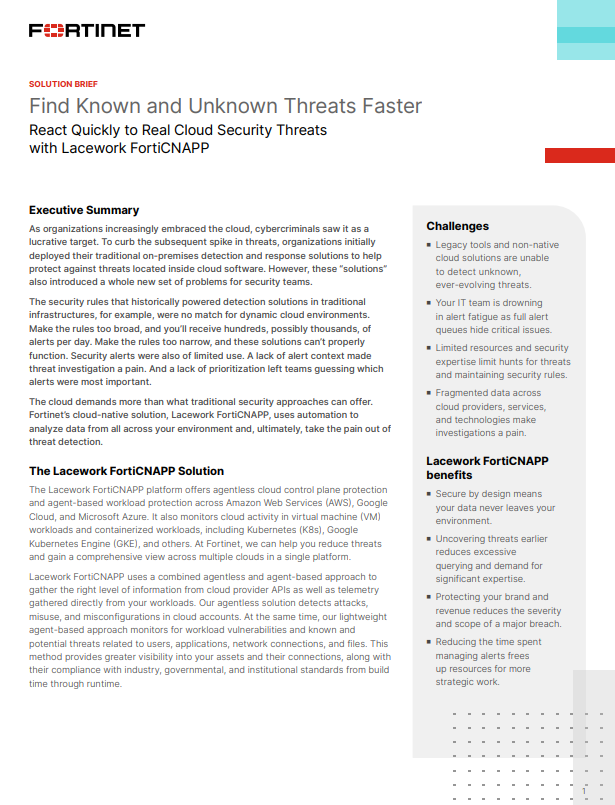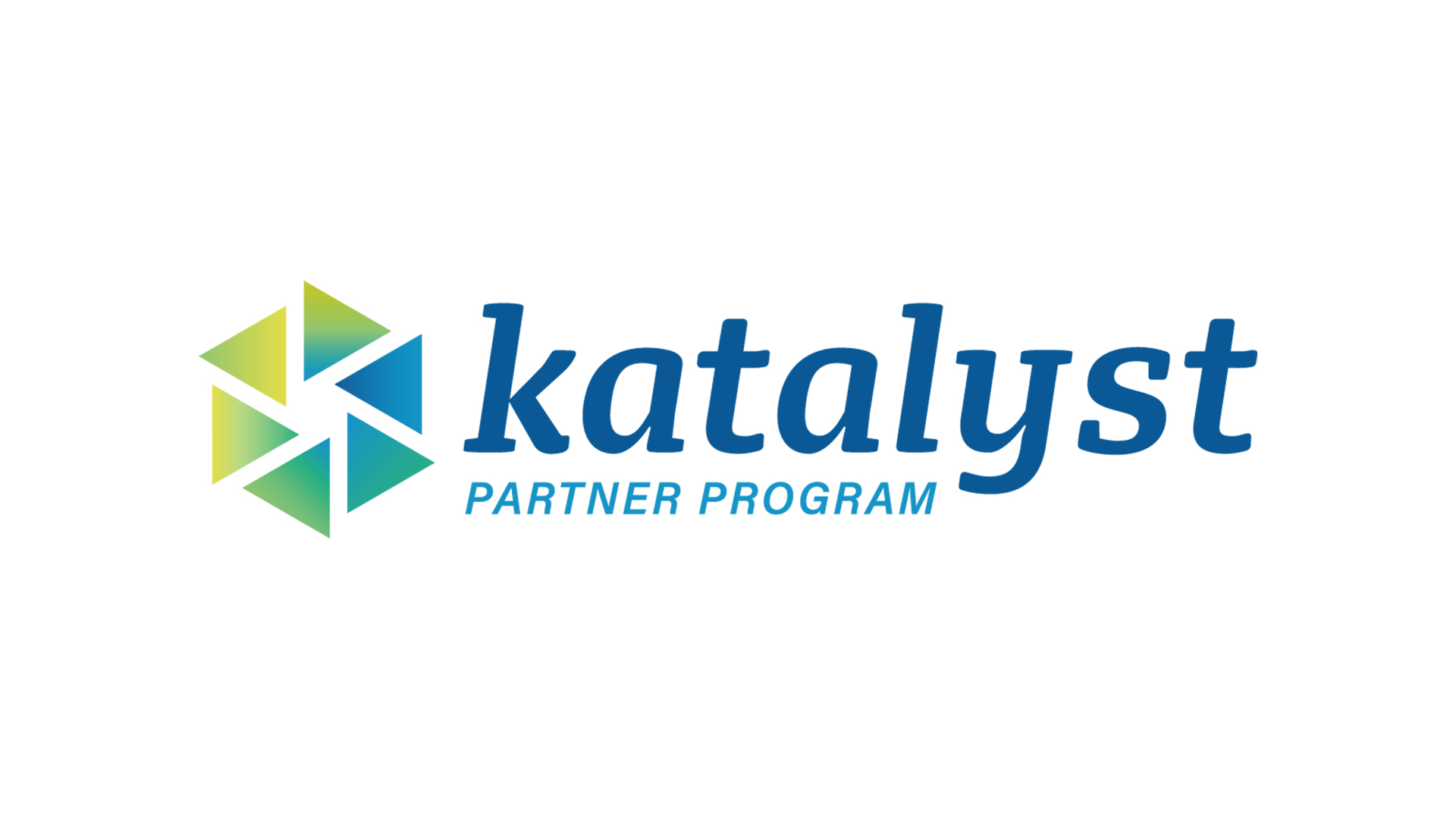2020: Hardly the best of years, but not the worst for the IT channel
Channel companies report that adversity has spurred greater opportunity for them and their customers in the year gone by

What a year it has been for the channel. As the year races to its end, our annual roundup canvasses channel leaders and sales heads for a look back on a year of unexpected transformations and rising stakes.
Doing more with data
Dave Ellis – Europe vice president for security and mobility solutions, Tech Data
We've seen projects, huge investments, and different activity for us in areas like solutions aggregation, orchestration, cloud marketplace, digital marketing and transformation tools or back office.
Endpoint solutions and hardware have been strong due to remote working. Linked to that was a spike in cloud and enabling tech for secure infrastructure and hardware, including VPN, authentication, mobility solutions and so on – although certain large infrastructure-type projects were delayed.
Security, once a dark art managed by specialists, is now mainstream: Your Office 365 reseller needs to be thinking about security.
Yet we've seen a continuation of smaller MSPs coming to market and still looking to partner with service providers to help with SMB security services. That all lends itself to cloud aggregation models too. Financial models, and 'everything else as a service', are following.
ChannelPro Newsletter
Stay up to date with the latest Channel industry news and analysis with our twice-weekly newsletter
Also we're seeing more use of big data, from AI to IoT. And we've been building solution blueprints that partners can take to market, developing enablement, technical design and sales support.
Accelerating into the clouds
Michael O'Hara – group managing director, DataSolutions
From mid-March, everyone has been working from home. I haven't physically met one new colleague and had to manage remotely, which is challenging, but I think has been working well. Yet I know some people are fed up and would like to come back into the office.
We've had to come up with new ways of connecting. In March for instance we got two economists on a partner webinar to speak about the pandemic's effects. We've worked to provide insights in different ways – including 'gamification of the channel' to develop engagement.
Citrix was big in Q1, with a fast move to remote working saving the day for many businesses. The first nine months saw high double-digit growth, across our vendors.
Alongside tremendous uptake and acceleration to the cloud, multi-cloud is becoming preferred, partly because it's less tied to one platform.
Levelling up on remote challenges
Jonathan Whitley – vice president for Northern Europe, WatchGuard
The start of the pandemic coincided with our acquisition of Panda Security. Merging two similar-sized businesses over Zoom during lockdown moved the challenge to an entirely new level.
Relationships are at the heart of any channel business, so we needed to do things differently. Onboarding several hundred partners, moving training online and getting to know the people within the new business were all part of a virtual process; my favourite was a virtual wine tasting event with our CEO.
Both our businesses have a loyal channel, which made the integration possible. What has impressed me the most is the resilience and adaptability of the IT channel and its ability to rise to the Covid challenge by helping customers operate effectively and securely.
Our tactics were all about securing and educating remote workers, although budgets tightened and purchases were delayed. The ability to manage costs on an ongoing basis has become more important for MSSPs that continue to flourish.
More tech demonstrates value
Mark Benson – head of business development at Logicalis UK
What I'm personally seeing now is the adoption of technologies that people had been afraid to adopt – including cloud.
Organisations had dipped a toe in the water, and were then suddenly thrown into this massive cloud world because we couldn't get kit or they needed to rapidly scale up. Now I think you will see further adoption of software as a service, because people will be rationalising their applications.
The pandemic and the doom and gloom, all ahead of next year's Brexit, has seen cost increases already.
This year has also shown us that when you need to scale and deliver applications quickly to everyone, most technologies actually do have a real relevant place and role to play. It's about how you get the best out of those technologies – not just about securing delivering an app securely or delivering an application to someone.
Also, we're already starting to see the utilisation of IoT, with the greater interest in things like smart building technologies.
Incidents that drove innovation
Mark Lee – managing director of cloud and managed services, GCI
The pandemic and in particular the mass move to remote and home working presented challenges and opportunities. In a sense it has forced lots of businesses to accelerate transformation of working practices that under normal circumstances might have taken three to five years to evolve. Instead, this has happened in many cases in a matter of weeks or even days.
We have also seen many organisations shift their whole approach to IT operations and management to more of an outsourced managed service model where the risks of depleted IT support teams, for example through self-isolation and the like, are mitigated by the increased scale and geographical spread of our service and helpdesk teams, compared to smaller inhouse IT teams.
The other big trend we have seen in 2020 has been the exponential growth in cyber-attacks targeting business of all sizes and complexities across all industry verticals. We have subsequently seen a 300% increase in demand for our cyber security incident response services this year and rapid growth of our managed security service business.
A schooling in value delivery
John Baskerville – managing director, RM Education
In adversity, there is always opportunity for our customers. Education organisations have recognised the role for tech in supporting teachers to delivering the right education outcomes for pupils – no matter what challenges are thrown at them along the way.
With a rush to remote learning, schools needed to refresh and expand their hardware estate. Research has suggested that nearly a third of computing devices in schools are ineffective due to age, specification or condition.
Fortunately, the cloud push means expensive machines with large local storage are not as needed, enabling schools to get much more for their digital transformation money.
Our purpose is simply to enrich the lives of learners worldwide – if that is not a motivator to get out of bed in the morning I do not know what is.
This year has forced schools, assessment bodies, parents and everyone to reassess our education system. My team has been there to help so many educators – with most now in a better place than when it started.
Breaking down barriers and prioritising
Darren Hedley – UK and Ireland managing director, Insight UK
Our 2020 has been a microcosm for much of the channel. We had to look at adapting our solutions in an agile way to meet rapidly changing customer needs. This represented a new opportunity to help clients and also improve the way we work.
Our priority was that the team could still work effectively – able to concentrate on clients while confident of safety and wellbeing.
We helped organisations build business resilience, for instance through optimising costs, so they could keep operating and modernising without the need for large investments. We developed new client offerings.
Our team performed brilliantly: Working with vital public services like Alder Hey Hospital, helped life-saving services adapt and keep operating.
Ultimately it’s been a very different year. However, the situation has helped break down barriers and give us all more of an insight yet building up our organisational DNA.
Channel successes position profitability
John Yardley – managing director, JPY
As lockdown was announced, it was unclear how customers would react. All our customers’ customers are end users.
We immediately furloughed staff on speculative software development, reduced others to four days a week, and applied for any grants and dispensations that were available. We already had infrastructure for remote working.
However, after two months, sales had declined only by about 20%, and few, if any, customers were expecting to default on debts. Since August, sales have returned to pre-Covid levels.
Our startup software service, Threads, has grown throughout the year – partly because it is a new direct business, but also it helps remote teams.
Most businesses have needed to invest in their remote-working systems, benefiting resellers and systems integrators.
Overhauls of outsourcing and services
Mark Petty – sales and marketing director, Littlefish
The pandemic has forced organisations into rapid large-scale operational changes across all aspects of their IT, including mass remote working. Existing trends have accelerated as a result -- including AI and machine learning for automation, and the shift to public cloud.
More companies are looking to overhaul outsourcing strategy; rushing transformation without expertise could leave them vulnerable. One result is a big shift in the way IT is managed, with more personalised service emerging too.
We have worked extremely hard and are grateful to have seen a rise in demand through the lockdowns. In our financial year, we recruited some 200 new staff and onboarded 15,000 new service users, all of whom transitioned to remote working during the first lockdown. Result? 50% revenue growth year on year and happy customers.
Ransomware fuels MSP growth
Martyn Brownlie – channel director, Sophos
In March, teams had just a few weeks to move the bulk of their IT estate to cloud and remote environments, creating a widely distributed endpoint to protect. Cyber-crooks have been quick to exploit the greater attack surface area and ransomware gangs have made millions.
As a result, businesses are increasingly turning to channel providers to help plug IT skills gaps without adding headcount. Our own MSP programme has grown 30% since April.
As we mentioned in our 2021 Threat Report, ransomware attacks are only expected to increase in the coming year in volume and complexity. After a year that gave us Egregor, WastedLocker and Dharma ransomware, businesses are more alert than ever and will continue to rely on partners and MSPs to secure their organisations against evolving threats.
Fleur Doidge is a journalist with more than twenty years of experience, mainly writing features and news for B2B technology or business magazines and websites. She writes on a shifting assortment of topics, including the IT reseller channel, manufacturing, datacentre, cloud computing and communications. You can follow Fleur on Twitter.
-
 Neural interfaces promise to make all tech accessible – it’s not that simple
Neural interfaces promise to make all tech accessible – it’s not that simpleColumn Better consideration of ethics and practical implementation are needed if disabled people are to benefit from neural interfaces
By John Loeppky
-
 Solution Brief: Find Known and Unknown Threats Faster
Solution Brief: Find Known and Unknown Threats FasterDownload Now
By ITPro
-
 Cisco names Oliver Tuszik as global sales chief
Cisco names Oliver Tuszik as global sales chiefNews Cisco has announced the appointment of Oliver Tuszik as its new executive vice president of global sales, who replaces Gary Steele.
By Daniel Todd
-
 Katun targets accelerated growth, greater collaboration with new partner portal
Katun targets accelerated growth, greater collaboration with new partner portalNews Printing and imaging specialist Katun has announced the launch of its new Katalyst Partner Portal, designed specifically to drive channel collaboration.
By Daniel Todd
-
 ‘Here in the European market, I think we are in a good position’: DocuWare CEO Dr Michael Berger on the company’s rapid growth
‘Here in the European market, I think we are in a good position’: DocuWare CEO Dr Michael Berger on the company’s rapid growthNews ChannelPro sat down with DocuWare CEO Michael Berger to discuss the company's rapid growth and channel strategy.
By Bobby Hellard
-
 Group-IB launches partner program as channel-first strategy kicks off in Europe
Group-IB launches partner program as channel-first strategy kicks off in EuropeNews The vendor said the initiative reflects its commitment to building a resilient cyber security ecosystem across Europe
By Daniel Todd
-
 Datatonic eyes fresh growth drive with new CEO appointment
Datatonic eyes fresh growth drive with new CEO appointmentNews Datatonic has announced the appointment of Scott Eivers as its new CEO as the enterprise data and AI solutions provider looks to its next phase of growth.
By Daniel Todd
-
 Marketing talent brain drain could stunt channel partner success
Marketing talent brain drain could stunt channel partner successNews Valuable partner marketing skills are at risk of being lost as the structure of channel marketing teams continues to shift, according to new research.
By Daniel Todd
-
 LevelBlue launches new partner program that’s “built for the future”
LevelBlue launches new partner program that’s “built for the future”News The new partner initiative features a flexible, consumption-based model to help partners drive revenue
By Daniel Todd
-
 SonicWall pins ‘transformational year’ on strong partner growth
SonicWall pins ‘transformational year’ on strong partner growthNews The vendor’s channel-first strategy has fueled a 42% year-over-year increase in overall partner growth
By Daniel Todd